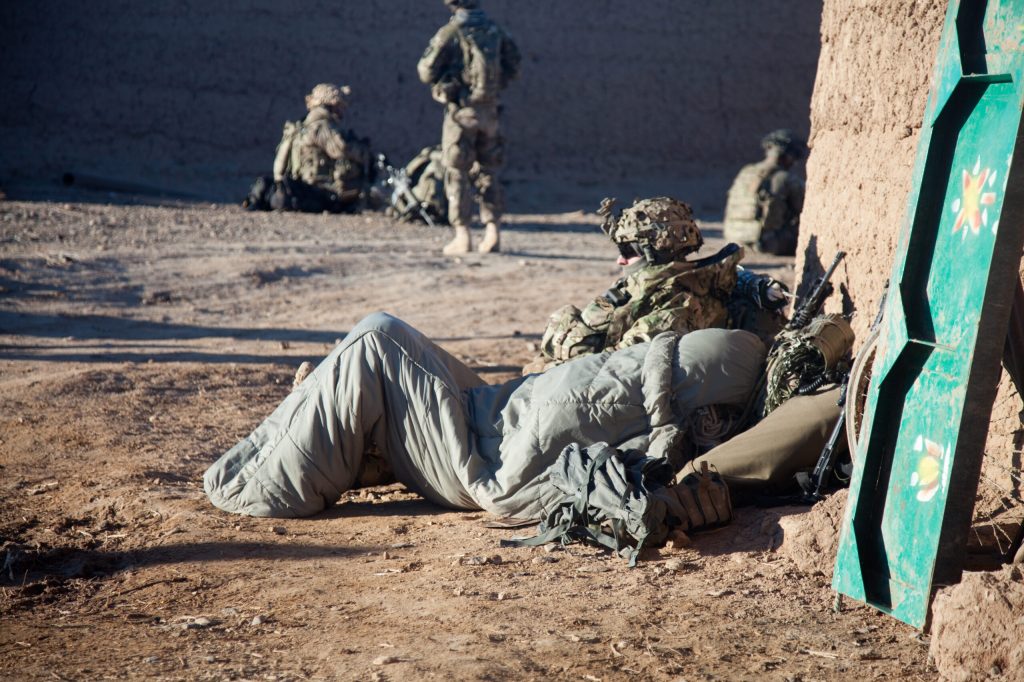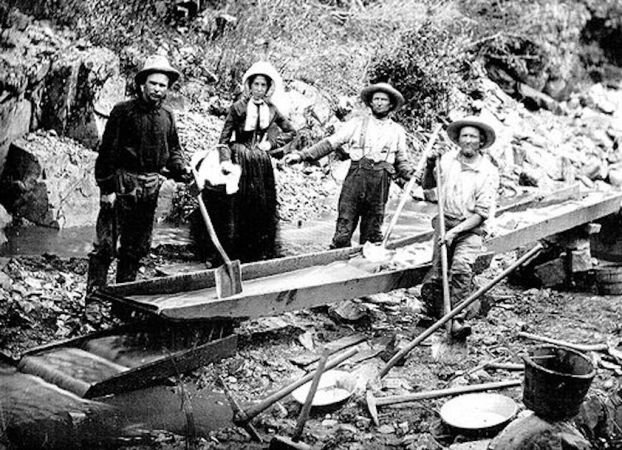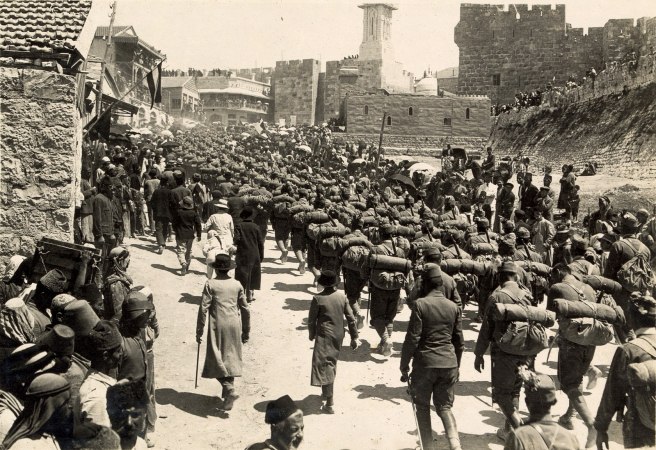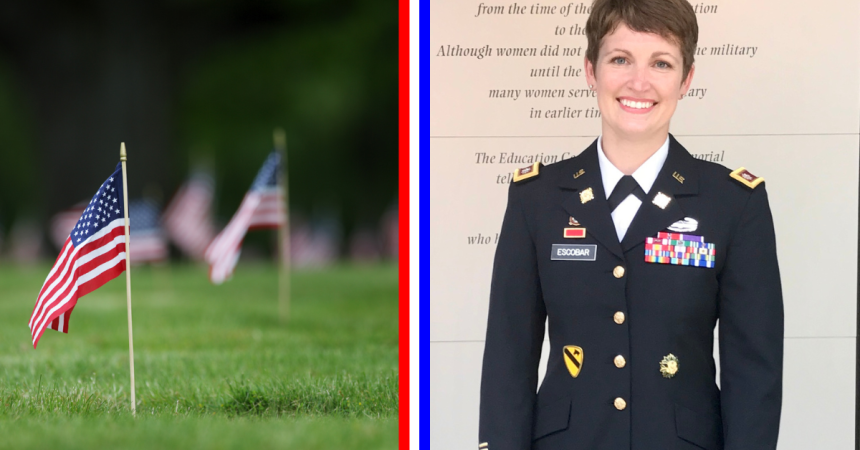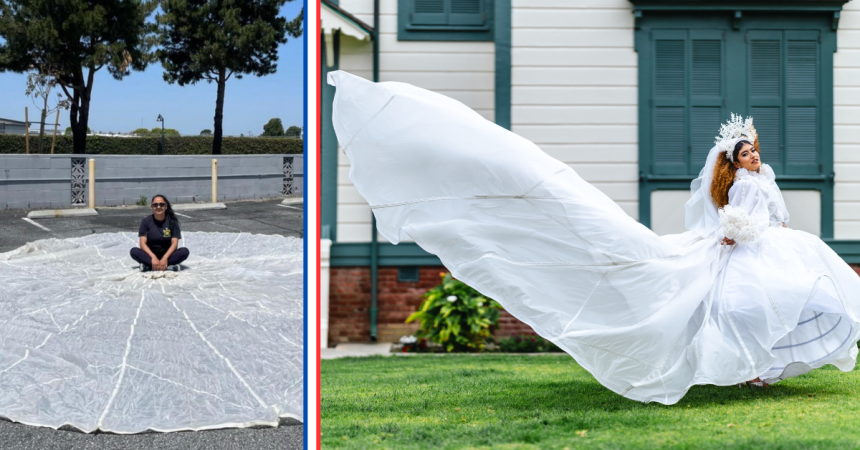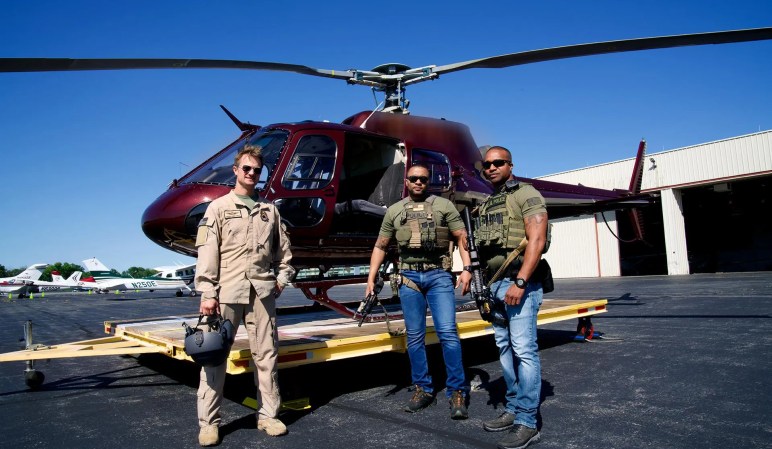If you have ever gone camping during a cold season, you know that lack of sleep due to extremely low temperatures is dreadful, and the temperature rank of your sleeping bag is the most essential factor to consider when purchasing one. Therefore, when seeking a suitable sleeping bag, you should have the know-how of the lowest temperature you expect on your expedition. This means you ought to choose a bag that will make you feel comfortable at or below that temperature.
While it may sound like a straightforward specialty, temperature ratings for sleeping bags are a rather complex topic. To better comprehend the whole subject, it’s helpful to understand how the sleeping bags are evaluated for warmth in the laboratory. The evaluation process includes some of the drawbacks as well as the significance of some non-intuitive terms found in thermal bag ratings.

How to determine sleeping bag rating
Previously, manufacturers tested sleeping bags in their labs and would use a range of methodologies. It was, therefore, impossible to tell if one manufacturer’s 30-degree sleeping bag was genuinely as efficient as another’s 30-degree sleeping bag. To solve this problem, the manufacturers involved in the industry came together and agreed to have all their bags verified using a uniform method. As a result, most bag manufacturers now submit their products to testing labs not connected to them, then allocate temperature ratings to the bags.
The initial guideline implemented by the sleeping bag industry was set by the EN (European Norm) before ISO (International Standards Organization) took over the bag testing role. However, the technique implemented by the latter is remarkably similar to the EN bag test; hence, the standards are the same. Since ISO screening is somewhat comparable to EN testing, you can weigh up your old EN-ranked sleeping bag against your ISO-approved bag to see if they go hand in hand. These ratings are usually made based on two main temperatures:
- Comfort rating – This is the temperature that a cold sleeper feels comfortable in. Most manufacturers use this to indicate that the bags are best for women, as most women are usually colder than men.
- Lower limit rating – While this is usually lower, it is best for war sleepers and provides the correct temperatures to keep them warm without making them too hot. It is most suitable for men.
What is a good temperature rating for a sleeping bag?

While ISO is a trusted body and does not lie about the ratings, the temperatures indicated on every bag are merely an estimate. During the lab testing procedure, a sleeping pad is fixed beneath the bag, and a test dummy is attired in backfill material inside the sleeping bag.
Although this methodology guarantees that all bag testing is performed in the same manner, it does not encompass variations such as disparities in people’s apparel, disparities in body types, unpredictable weather circumstances, variances in food eaten, and other factors. As a result, when using the sleeping bag outside, its comfortability will most likely vary from the tests performed for temperature rating.
Additionally, it is paramount to consider that the ratings on the bags will not always match the actual temperature. The ISO bound rank for the Men’s “Snuggle bugle” 15 Bag, for example, could be 18 Fahrenheit. Often, a brand will round up or down to a temperature that ends in a 0 or a 5 for straightforwardness. Unfortunately, no rule binds the manufacturers to stick to the strict temperatures provided by the labs after testing. Therefore, when buying a sleeping bag for the cold season, always confirm the original temperature ratings from the lab rather than trusting what the brands have indicated on their products.


